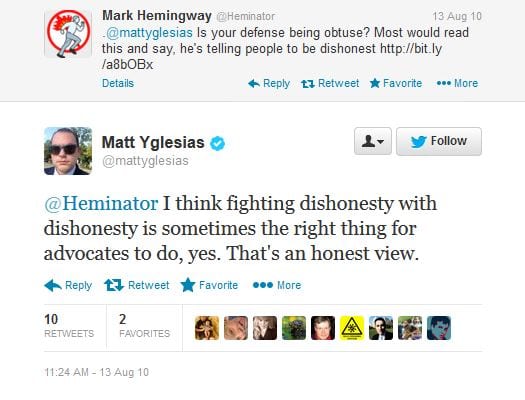OUT: FAKE NEWS. IN: FAKE SCHOLARSHIP. Nancy MacLean’s segregationist sins of omission…and commission.
To bolster her non-existent case, MacLean resorts to playing a game of six degrees of separation in which she deploys a heavy stream of innuendo and unfounded supposition to write Buchanan into the pro-segregation political apparatus of Harry Flood Byrd, Sr. and a Richmond newspaper editor. As I’ve documented in my previous posts, she also fabricates claims out of thin air that allege Buchanan’s intellectual debts to the pro-segregation Vanderbilt Agrarians and to the 19th century pro-slavery politician John C. Calhoun. Remarkably, there’s almost no evidence for any of these claims – just a fanciful tale that is increasingly taking on conspiratorial overtones in the way that MacLean has mounted her defense.
Sadly, a number of historians have displayed a remarkable credulity for MacLean’s claims on this point, even refusing to engage the evidence.
It was that way with Michael Bellesiles, too. Plus:
There’s another problem though: MacLean’s narrative about UVA is badly flawed. In order to portray Buchanan as a collusive and acquiescing partner of Virginia’s segregationist political machine, she omitted a critical piece of evidence that contradicts her narrative.
In 1965 Buchanan recruited an economist by the name of William H. Hutt to serve as a visiting professor at the Thomas Jefferson Center, his hub of operations at UVA. Hutt was a natural fit for the role. He had recently retired from his position as chair of the economics department at the University of Capetown in South Africa. He was also an early contributor to the public choice school of thought, and his work drew heavily upon Buchanan and Gordon Tullock’s The Calculus of Consent. Hutt’s own academic reputation is noteworthy though because he was one of the leading academic opponents in South Africa of that country’s notorious Apartheid regime.
Before he came to UVA, Hutt spent almost three decades criticizing the Apartheid government of his own country. His work repeatedly drew the ire of the South African government. In one notable instance from 1955, the Apartheid regime even suspended Hutt’s passport in an attempt to prevent him from presenting on the barbarism of this policy abroad. He regained his travel rights after a public controversy over his academic freedom, and remained undeterred in criticizing the South African government. Hutt’s work on Apartheid eventually culminated in a book length treatment of the subject entitled The Economics of the Colour Bar, which he published in 1964. The work notably employs an early version of public choice theory to explain the origins of Apartheid in South Africa as a form of regulatory capture to the benefit of white labor unions over black workers.
When Buchanan recruited Hutt the following year, his international reputation as an Apartheid critic was near its peak. . . .
In short order, Hutt began extending his analysis of Apartheid to what he saw around him in the segregationist United States. While under Buchanan’s sponsorship at Virginia, he gave multiple lectures on this subject and penned a short article for the journal Modern Age describing their similarities. . . . MacLean is certainly aware of Hutt’s presence at UVA because she mentions that Buchanan recruited him on p. 59 of her book. But she also conveniently leaves out any references whatsoever to Hutt’s research and activities during his time the Jefferson Center. In fact, she twists and contorts it in an opposite direction that even goes so far as to imply Hutt’s complicity in the same blatantly fabricated segregationist conspiracy she uses to tar Buchanan.
It is necessary to the Narrative that anyone who threatens the Narrative must be racist. If evidence for that proposition does not exist, it will be fabricated.
So in “scholarship” as in “journalism.”

